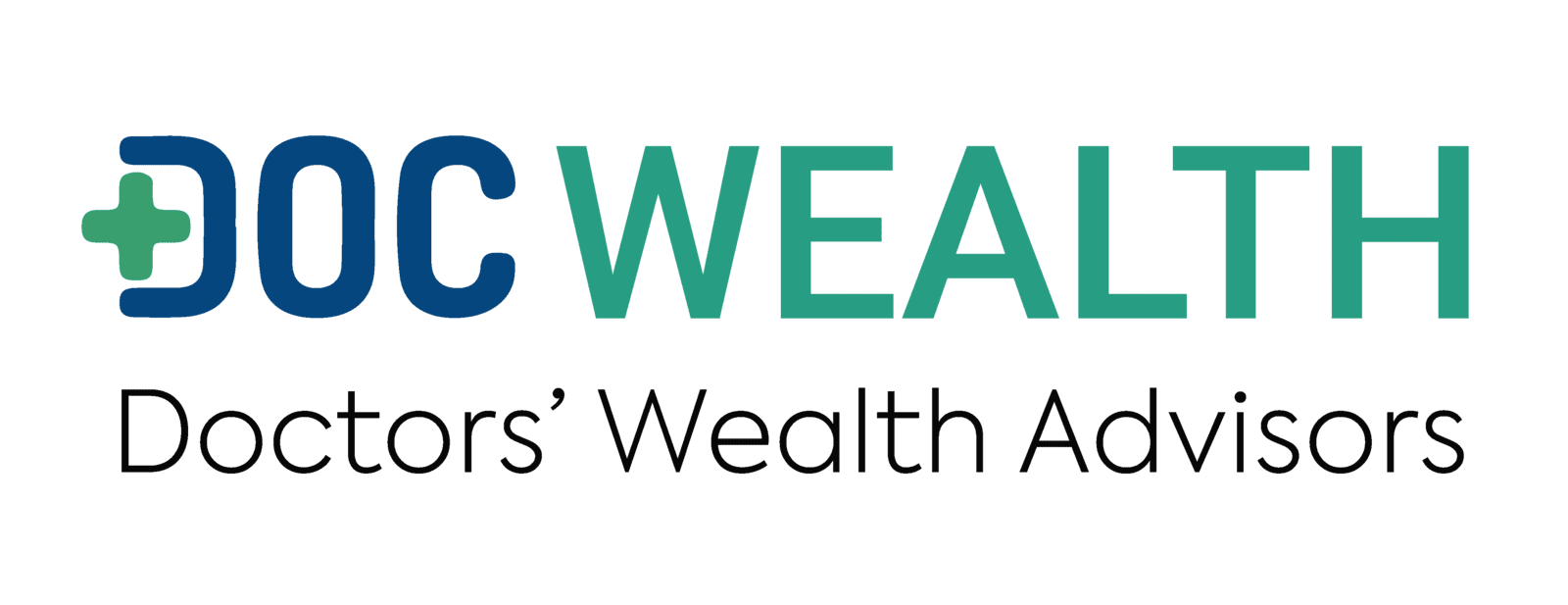The White Coat Paradox
The medical profession has long been viewed as a safe, secure path to success in India. Social status, respect, and financial security are considered guaranteed. While this can be true in the long term, it undermines the journey’s actual cost. In reality, 75% Indian doctors face violence, many incur massive debt, and all of them deal with years of delayed earnings before their careers take off. This is “The White Coat Paradox,” and this article explores its financial implications in detail.
(If you are considering a career in medicine, pursuing your MBBS, or are a resident, being aware of these challenges can empower you to address the situation proactively.)
#1. A Demanding Profession
Remember the NEET crucible? Maybe you’re still in it: mock tests, tuitions, & Physics Wallah online sessions. Being a topper in school’s toughest subjects, just to struggle for passing marks in MBBS: this is a familiar story (Apologies for any unpleasant flashbacks). Hard work is challenging enough; Seeing your easy-going peers earn tons of rupees is borderline unbearable! What’s more, medicine demands constant investment, as the field is constantly evolving.
For doctors, education, learning, and investments in growth can never stop (by law).
The Problem:
Competitive Education: 22 lakh students appeared for NEET-UG 2025, for just 1.09 lakh MBBS seats, resulting in only 5-6% getting admission. What's more, only 0.13% can get a seat in the high-quality, affordable institutions like AIIMS.
Constant Investment: Path to be a cardiovascular surgeon (for example): UG (MBBS, 5.5 years), PG (MD/MS/DNB, 3 years) specialisation & Super Specialisation (SS, 3 years). Plus, 30 hours of mandatory continuous medical education (CME) every five years.
Delayed Earnings: By the time doctors reach a significant income (monthly ₹30,000 to ₹100,000 post-residency), they might be 27-33 years of age. This delay severely hinders potential earnings from compound interest.
High Debt: A private education might cost ₹2+ crores. Besides student debt, capital investments & expenses for hospitals are very high, and cash flow is often uncertain. Indian doctors are no strangers to debt.
The Solution:
Short-Term: Understand that medicine is also one of the most satisfying professions in the world. Take pride in understanding the human body and hone your mastery. Finances will improve with time.
Mid-Term: View every “expense” as an investment in your ability to heal others + promote wellness (even splurges that destress). Build low-effort systems like minuscule SIPs in a successful mutual fund to further grow your net worth.
Long-Term: Consider your current financial situation, knowledge base, and skill level. Weigh debt burdens carefully against opportunities for improvement before making any commitments. Consider debt consolidation.
#2. Navigating Income Streams & Conflicts of Interest
Maybe the answer is just to focus on your patients and not worry about the money? Ideally, yes. The unfortunate reality highlights a deeper issue: ignoring finances can cost more than gambling; It can harm your reputation.
When your field is constantly evolving, with research and technology speeding ahead, there is an obligation to keep up. Just look at how AI is being integrated with highly advanced equipment to yield better patient outcomes.
Of course, after investing all their time, money, and energy, Indian medical professionals also deserve a real chance at achieving their wildest dreams. How to achieve a win-win outcome in this scenario? Let’s take a closer look.
The Problem:
Ethics vs Survival: Modern medicine’s most vicious cycle. Hospitals need to maximise patient turnover & profitability to invest in growth. Yet, profit-seeking doctors harm their reputation and get fewer referrals.
Geographic Inequality: Tier 1 & 2 cities pay a lot more than remote villages at equal skill levels, despite the cost of living. Hence, choosing to be a Medical Officer carries substantial opportunity costs.
Supply & Demand: A student might aspire to learn natural healing techniques and Ayurveda. Yet, after a significant cost of education & great aspiration, they might be tempted to study oncology for its lucrative pay.
Personal vs Professional: The conflict between values and practicality is constant. When the industry demands such hefty investments, the medical professional needs to have greater confidence.
The Solution:
Short-Term: Personal clarity (in terms of interest & motivation), self-awareness (knowing where you are on your journey), and support are your crucial base. Addressing systemic problems requires great patience.
Mid-Term: Learn to prioritise, make room for discovery, and maintain a sense of direction. Ex. Some doctors can afford to focus on social service early on, while others need to plan and build their way gradually.
Long-Term: Focus on building your network and establishing a personal brand. Strategically explore alternative & multiple income streams.
#3. Managing Massive Risks
Frontline soldiers in life’s battle against death, doctors deal with the harshest realities. The wounded are rushed to hospitals only after the tragedy occurs. Especially in India, where hospitals are the last resort, most patients are treated on an emergency basis. The risk taken by medical professionals running these last lines of defence cannot be overstated.
A shocking 75+% of Indian medical professionals face direct violence at least once in their career. Medico-legal cases have been increasing by as much as 110% every year. Here’s how it affects finances:
The Problem:
Professional Indemnity: ₹4,000 to ₹50,000 (based on risk) per year to protect against malpractice lawsuits. Protection is necessary, but it should be proportionate to one’s risk level.
Protection for Loved Ones: A₹7,000 to ₹15,000 (3-5 crore cover) per year on term life insurance to support dependents in the worst-case scenario. Then, ₹10,000 to ₹50,000 on a family floater health insurance plan.
Managing Risk: With a high risk of infections and serious injuries, certain specialists (like surgeons) should opt for critical illness or disability insurance riders, which would further increase the premium.
Stress & Taxes: Neglecting these basic contingencies creates a precarious situation & increases stress. Plus, one misses out on substantial tax benefits.
The Solution:
Short-Term: Being proactive is not about being paranoid or neurotic. Preparing for worst-case scenarios should reduce your stress, not keep you on edge. Invest only what you can and sleep better at night.
Mid-Term: Certain policies, like health & term insurance, offer additional benefits when bought early on. Then, there are various tax benefits and even maturity benefits to some policies, offering both protection & savings.
Long-Term: Build layers of protection with emergency funds and a strong reputation for ethical practice. Engaging in professional networks can inform you on legal, policy, & safety trends so you can anticipate risks before they arise.
#4. Cash Flow Difficulties
Healthcare in developed countries is so expensive that people would rather travel to India. With all the medical tourism, one imagines hospital owners are well off. If so, they should consider the expenses:
Fixed Costs: Rent, electricity, (highly skilled) staff salaries, etc.
Variable Costs: Quality medical supplies, maintenance, waste management, etc.
A predictable income is essential for planning and investing in growth. However, big, small, corporate, government, or independent- all healthcare providers struggle with systemic cash flow challenges.
The Problem:
Delayed Payments: A high percentage of healthcare providers struggle to collect bills on time. This increases administrative burdens and leads to a loss of revenue.
Insurance Issues: Complex terms, pre-existing conditions & extensive documentation complicate the insurance claims process. 15-20% claims are initially denied or reduced, with many remaining uncollected.
“Packaged” Procedures: Govt. agencies streamline the claims process through pre-negotiated packages. This cost control often results in underpaid reimbursements.
Administrative Overheads: Payment delays, government procedure, & legal red tape often require specialised administrative staff to manage documents.
Uninsured Patients: Hospitals treat people first in emergency cases. Yet, with around 38% of Indians uninsured, treating them is also risky, as they tend to take on debt and are unable to pay fully out of pocket.
The Solution:
Short-Term: All staff members should follow procedures, adhere to best practices, and educate patients on payment expectations. Hospital owners & management must anticipate payment delays without normalising them.
Mid-Term: Emergency funds for operational expenses, reasonable lines of credit, efficient patient tracking/billing systems, & insurance claim checklists are some other prerequisites.
Long-Term: Staff should also be trained in financial management systems. Finally, the clinic can diversify income streams through telemedicine, workshops, preventive care packages, corporate tie-ups, etc.
#5. Ego Depletion & Burnout Toll
After a stressful 12-hour shift, most of it on your feet, all you can do is crash and get ready to do it again tomorrow. Being available on-call for up to 36 hours, with very little sleep, you can only manage your job. Budgeting, tracking expenses, setting up mechanisms, and monitoring progress are some financial habits that lead to personal freedom. Investing in these practices takes time, patience, energy, and attention.
The Problem:
Extended Shifts: 80-100-hour work weeks, with on-call shifts extending up to 24 to 36 hours and active duty up to 12-18 hours, are typical for residents in high-volume hospitals.
A Cycle of Attrition: Personal debt, fear of falling behind, high-stakes environment, sleep deprivation, chronic stress, mental fatigue, long hours, physical exhaustion, and organisational pressure feed into each other.
Self-Sacrifice: Reactive approaches become the norm. Neglecting compound interest, lacking diversification, impatience, and making bad investments are common mistakes among doctors.
The Solution:
Short-Term: Protect your peace. Sound body, open heart, and healthy mind- these are the foundation of any sustainable endeavor. Without them, nothing else has much value.
Mid-Term: There are countless ways to win at life; believe that you will find yours. Think deeply about what matters to you and note it all down. This will be your guiding light.
Long-Term: Something is better than nothing. Take small steps to plan, practice, execute, and automate various aspects of your finances. The best thing is to rely on an expert, just as your patients depend on you.
Conclusion
When doctors thrive, both professionally and financially, it feeds a culture that values human life, empathy, and service. Apply these insights, grow richer, and allow us to help you achieve the life of your dreams. You deserve to have someone in your corner, and together, our success will help build a brighter tomorrow.

